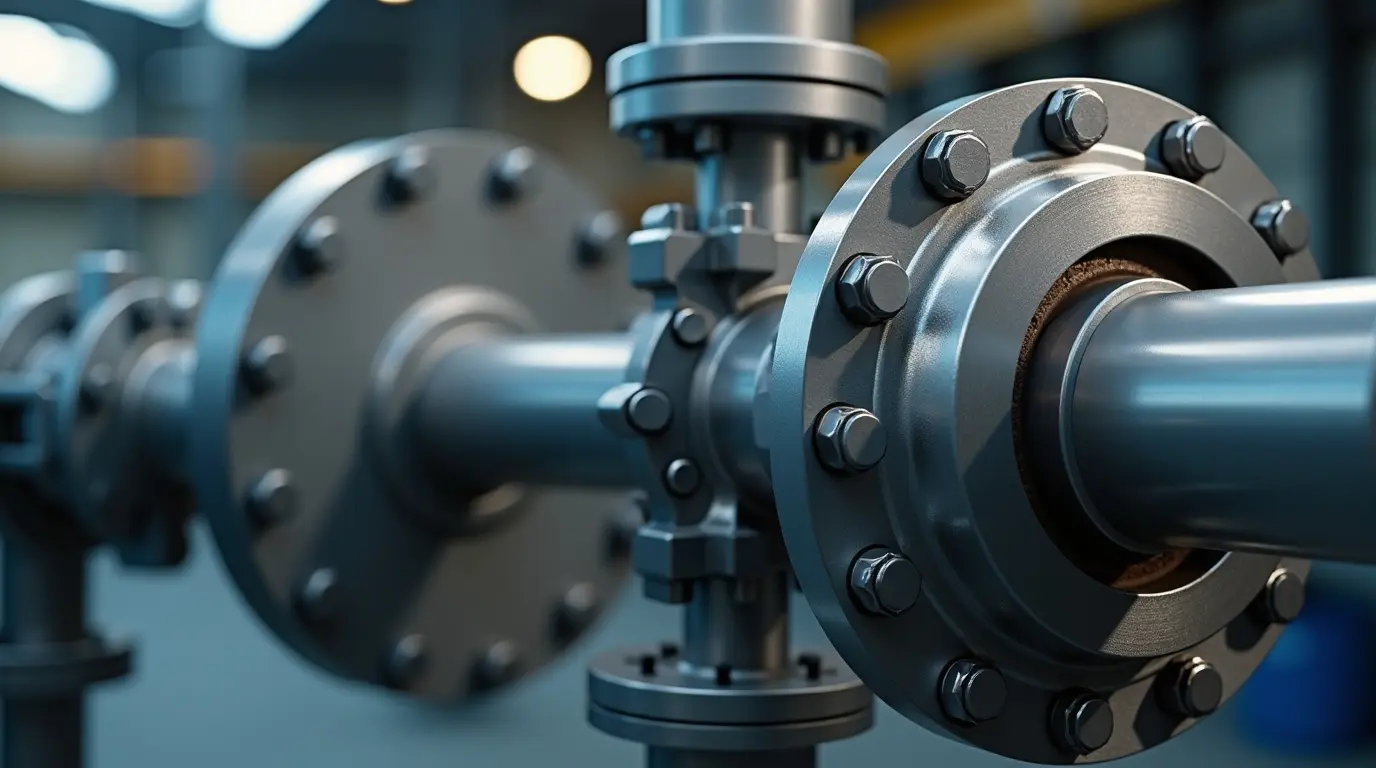The Importance of Proper Flange Connections in Piping Systems

In mechanical and plumbing installations, flange connections are the backbone of any reliable piping system. They ensure secure, leak-proof joints that allow for easy assembly, disassembly, and maintenance. Whether used in water distribution networks, industrial facilities, or HVAC systems, the quality of flange fittings, bolts, and gaskets plays a decisive role in the system’s performance and safety.
What Are Flange Connections?

A flange connection is a mechanical joint where two sections of pipe or fittings are bolted together using a pair of flanges, a gasket, and fasteners such as bolts and nuts. These connections provide flexibility in assembling long pipelines and are essential when maintenance or inspection is needed.
Types of Flanges Commonly Used
- Weld Neck Flanges: Ideal for high-pressure systems; provide excellent strength and alignment.
- Slip-On Flanges: Easy to install and perfect for low-pressure applications.
- Blind Flanges: Used to seal off pipeline ends for future expansion or testing.
- Threaded and Socket Weld Flanges: Often used for smaller diameter pipes in low-pressure systems.
The Role of Nuts, Bolts, and Gaskets
The bolts and nuts hold the flanges together, ensuring consistent pressure on the gasket to create a leak-tight seal. Choosing the right fasteners is crucial — galvanized bolts are cost-effective for general use, while stainless steel 316 bolts offer superior corrosion resistance, especially in marine or chemical environments.
Quality and Sourcing Considerations
At RZ Oman, we ensure that all flange components and fasteners are sourced from trusted manufacturers in India, China, and South Africa, known for adhering to international mechanical standards. Each item undergoes inspection to guarantee performance, safety, and longevity — values that define our trading philosophy.
Conclusion
A well-installed flange connection can last decades when paired with quality materials and correct installation practices. Investing in the right fittings, bolts, and accessories is not just about cost — it’s about ensuring reliability, safety, and system efficiency over the long term.
